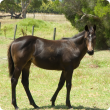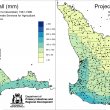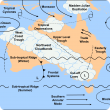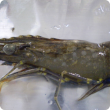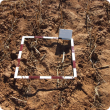Filter by regions:
- (-) Remove Peel filter Peel
- South West (938) Apply South West filter
- Great Southern (895) Apply Great Southern filter
- Mid West (769) Apply Mid West filter
- Perth regions (724) Apply Perth regions filter
- Wheatbelt (707) Apply Wheatbelt filter
- Goldfields-Esperance (648) Apply Goldfields-Esperance filter
- Gascoyne (541) Apply Gascoyne filter
- Kimberley (458) Apply Kimberley filter
- Pilbara (449) Apply Pilbara filter

